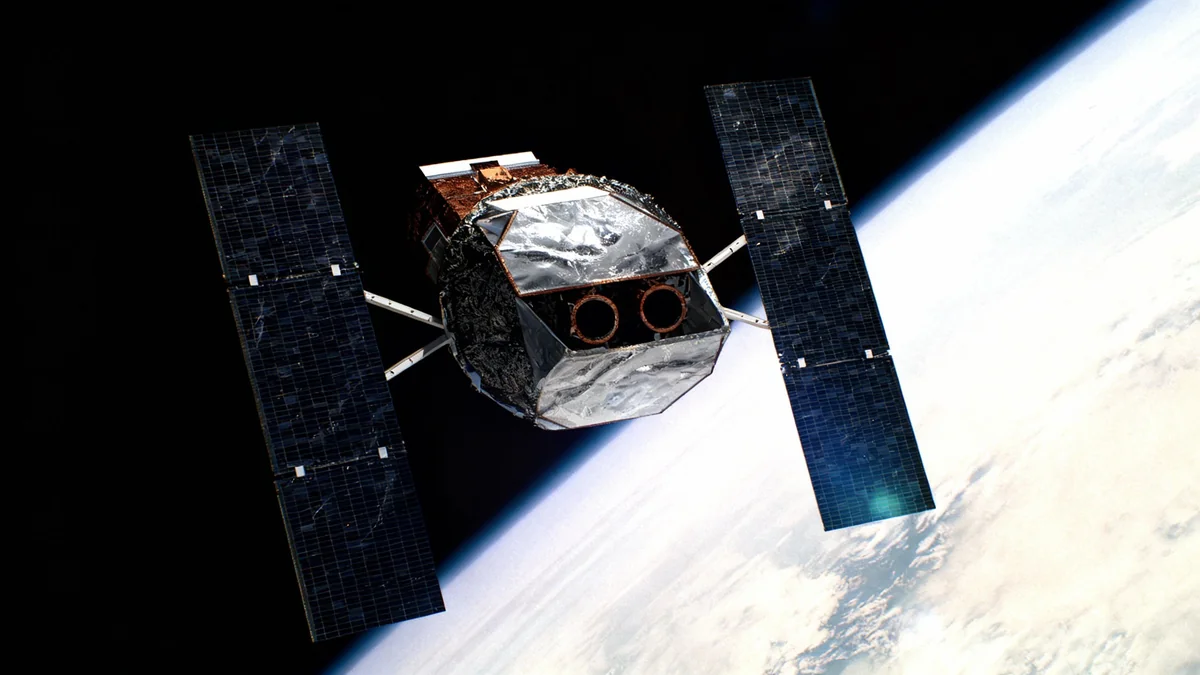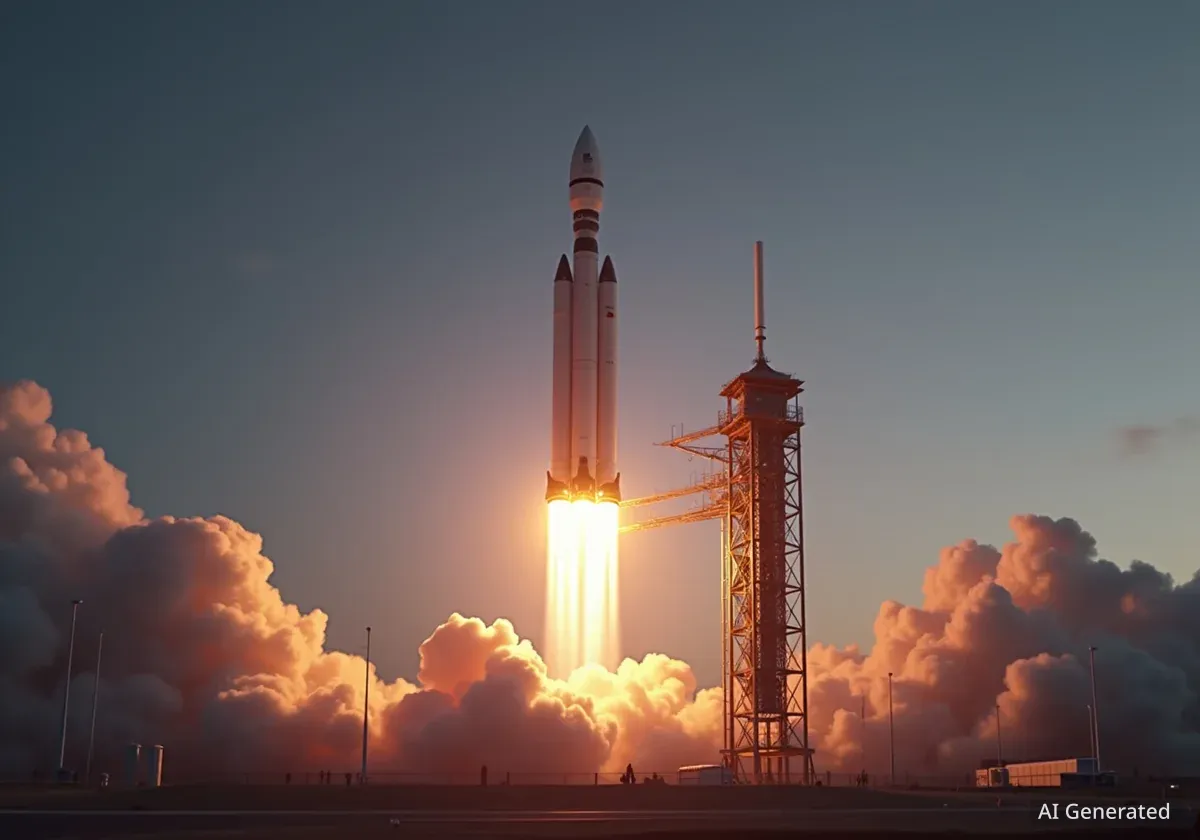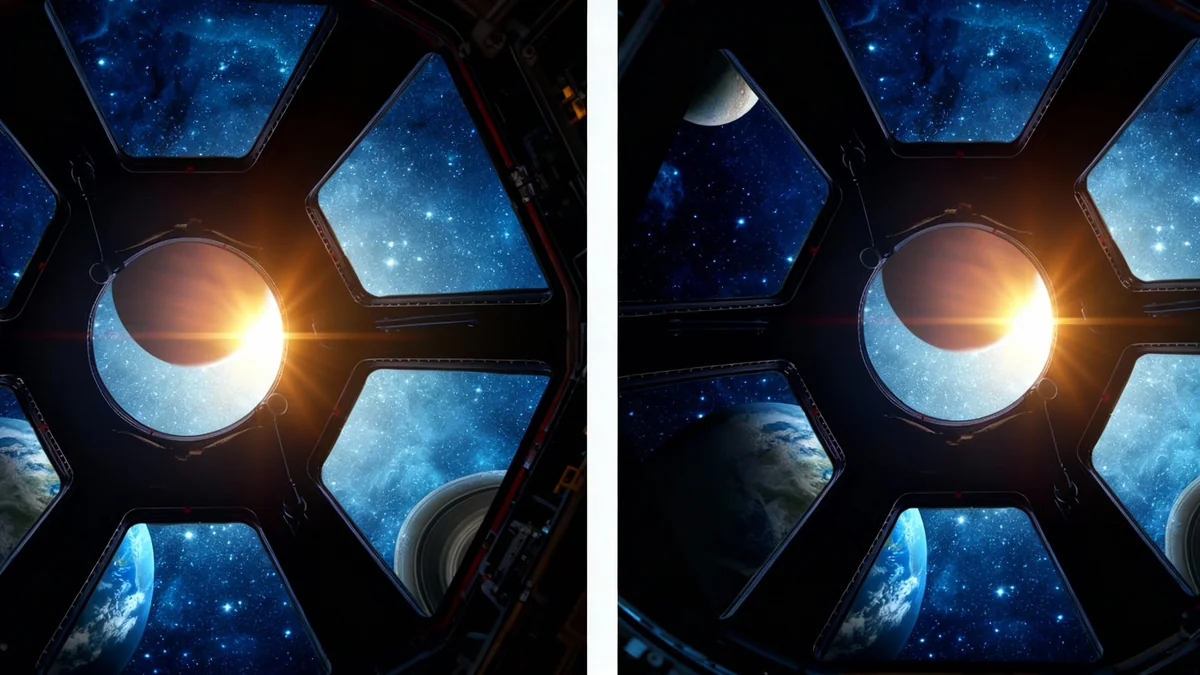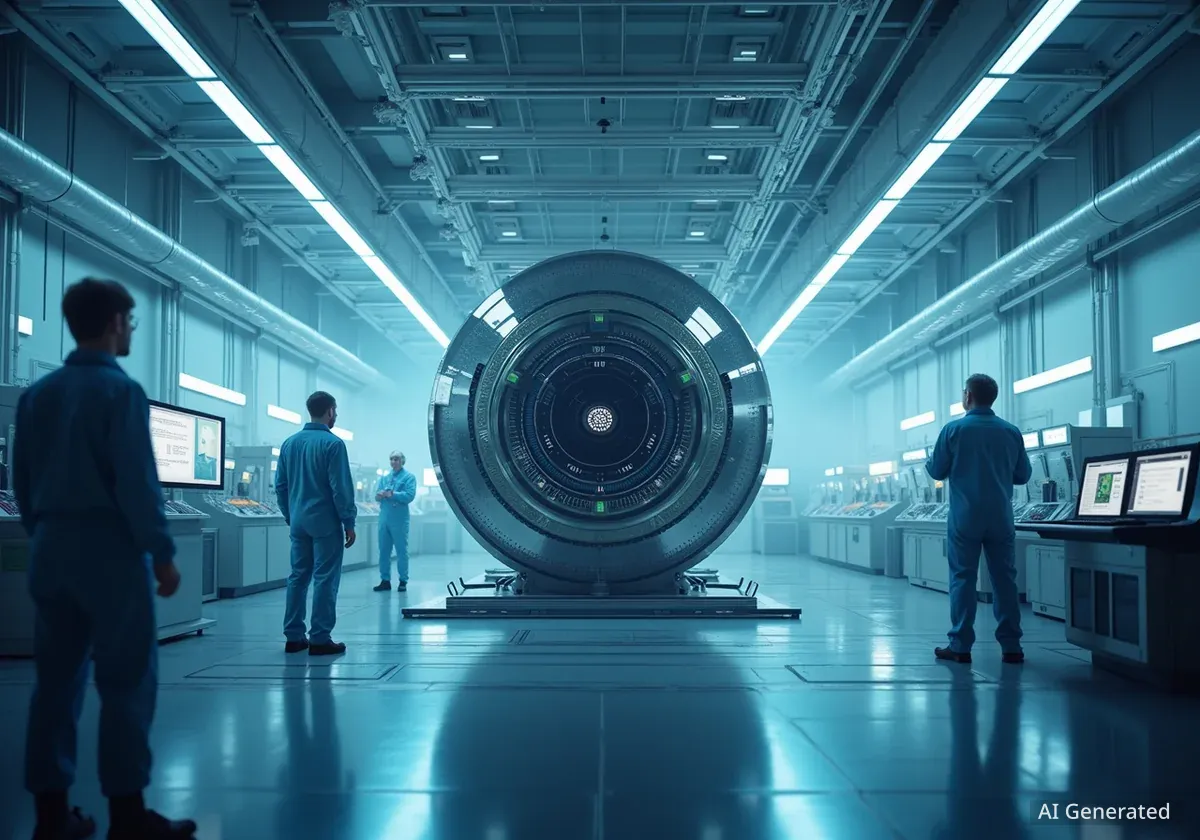Blue Origin has announced a new multi-phase program called Project Oasis, designed to identify, evaluate, and eventually use resources directly from the Moon. The first mission, Oasis-1, is a collaboration with partners in Luxembourg and aims to create the most detailed maps of valuable lunar materials to date.
The initiative focuses on finding water ice, Helium-3, precious metals, and other elements that could support future space missions. By harnessing these resources, the company intends to establish the Moon as a crucial hub for deep-space exploration and reduce the high costs associated with launching materials from Earth.
Key Takeaways
- Blue Origin has launched Project Oasis, a program to map and utilize lunar resources.
- The first mission, Oasis-1, is a partnership with Luxembourg to create high-resolution maps of water ice and other materials.
- The primary goal is to use lunar resources to produce spacecraft propellant, potentially reducing deep-space mission costs by up to 90%.
- The project will employ advanced instruments like neutron spectrometers and magnetometers from an ultra-low orbit for unprecedented detail.
- Project Oasis is designed to work with Blue Origin's Blue Alchemist program, which processes lunar soil into useful products.
A New Frontier for Space Resources
Project Oasis is a long-term strategy that begins with orbital prospecting. The Oasis-1 mission will focus on creating comprehensive maps of the Moon's resources. These maps will detail the locations of water ice, Helium-3, radionuclides, rare earth elements, and various metals.
According to Blue Origin, this data is essential for humanity's expansion into space. The information gathered will help select future landing sites for robotic and human missions aimed at resource extraction. The project's ultimate goal is to enable in-situ resource utilization (ISRU), which means using materials found on the Moon to support activities there and beyond.
What is In-Situ Resource Utilization (ISRU)?
ISRU is the practice of collecting, processing, and using materials native to a celestial body (like the Moon or Mars) to support exploration missions. This reduces the need to transport heavy and expensive supplies from Earth, making long-duration missions more feasible and sustainable.
The Moon as a Refueling Station
One of the most significant goals of Project Oasis is to harness lunar water ice. This ice can be broken down into its components, hydrogen and oxygen, which are the primary ingredients for rocket propellant. This capability could transform the Moon into an off-world refueling station.
By producing propellant on the Moon, missions heading to Mars or other deep-space destinations could launch from Earth with less fuel, allowing for heavier payloads. In-space refueling could dramatically lower the cost and complexity of space exploration. Blue Origin estimates that this approach could reduce deep-space mission costs by up to 90%.
"Once we know what's really there and how to access it, everything changes," said Pat Remias, vice president of Advanced Concepts and Enterprise Engineering at Blue Origin. "Project Oasis creates the foundation for a thriving space economy that benefits everyone, including the billions of individuals on Earth who will benefit from space-based resources."
Advanced Mapping Technology
To achieve its goals, Oasis-1 will use sophisticated sensor technology from an exceptionally low orbit. This low altitude allows for a level of detail that is impossible to achieve with traditional high-altitude orbiters.
Key Instruments Onboard
The mission will rely on several key instruments to gather data:
- Neutron Spectroscopy: This is considered the most reliable method for detecting water ice. The instrument will measure subsurface water concentrations down to a depth of one meter.
- Magnetometers: These sensors will be used to detect deposits of metals beneath the lunar surface.
- Multispectral Imaging: This technology will help map the distribution of Helium-3 and provide detailed geological information about the lunar terrain.
The mission plan also includes controlled impact sequences. These events will generate additional data to help scientists and engineers select the most promising sites for future extraction operations.
Why is Helium-3 Important?
Helium-3 is a rare isotope that is abundant on the Moon's surface due to billions of years of exposure to solar wind. It is considered a potential fuel for future nuclear fusion reactors, which could provide a clean and powerful energy source on Earth and in space.
Synergy with Blue Alchemist and International Collaboration
Project Oasis is designed to work in tandem with other Blue Origin initiatives, most notably Blue Alchemist. While Oasis focuses on finding resources, Blue Alchemist is a technology program that aims to process lunar regolith (soil) into useful products. These products include oxygen for life support, solar cells for power generation, and power cables for infrastructure.
Together, these programs represent a comprehensive approach to establishing a sustainable human presence on the Moon. The vision is to transform the Moon into a hub for resources and power, which would serve as a launchpad for more ambitious missions across the solar system.
The project is also an example of international cooperation. Blue Origin is developing the program jointly through its Space Resources Center of Excellence (SRCE) and its international office in Luxembourg. The project receives support from the Luxembourg national space agency, GOMSpace, and the European Space Resources Innovation Centre (ESRIC), highlighting a global interest in developing a sustainable space economy.





